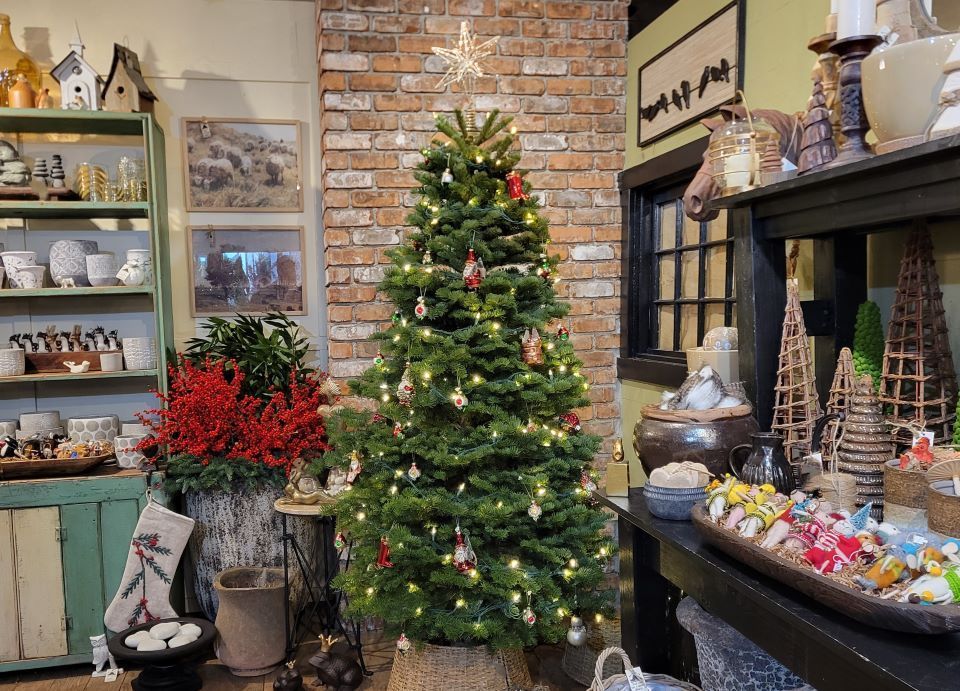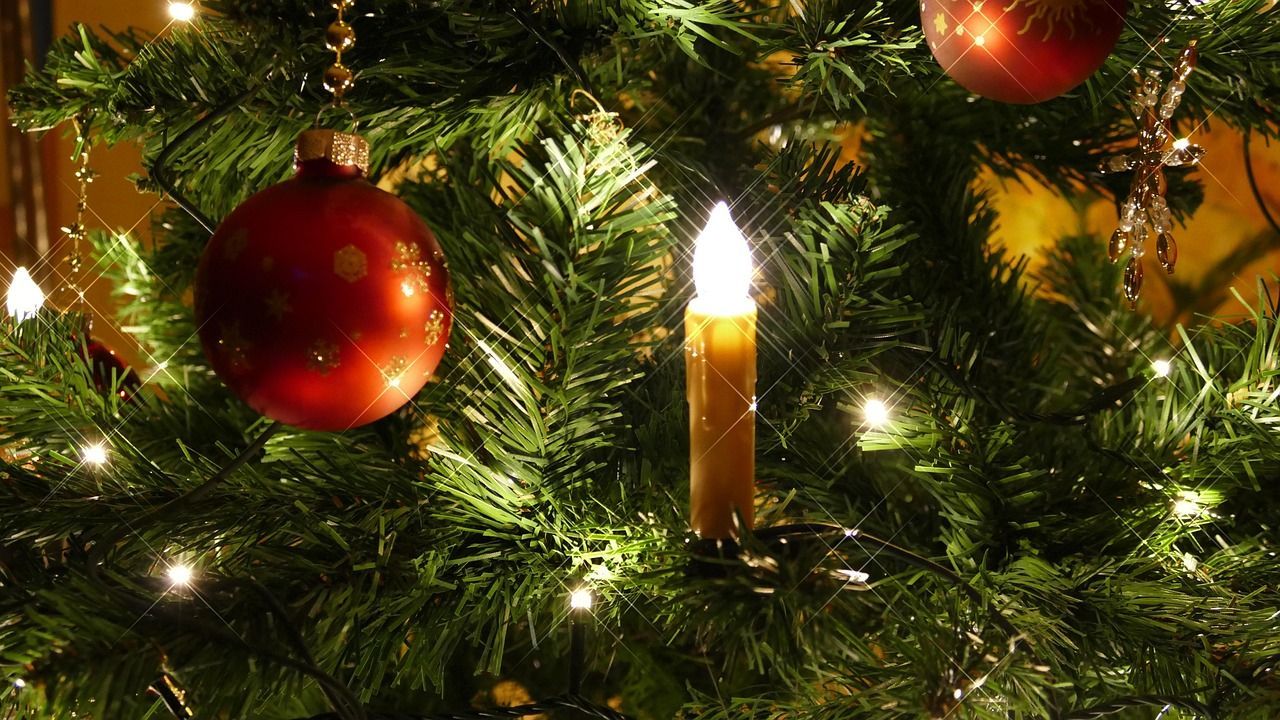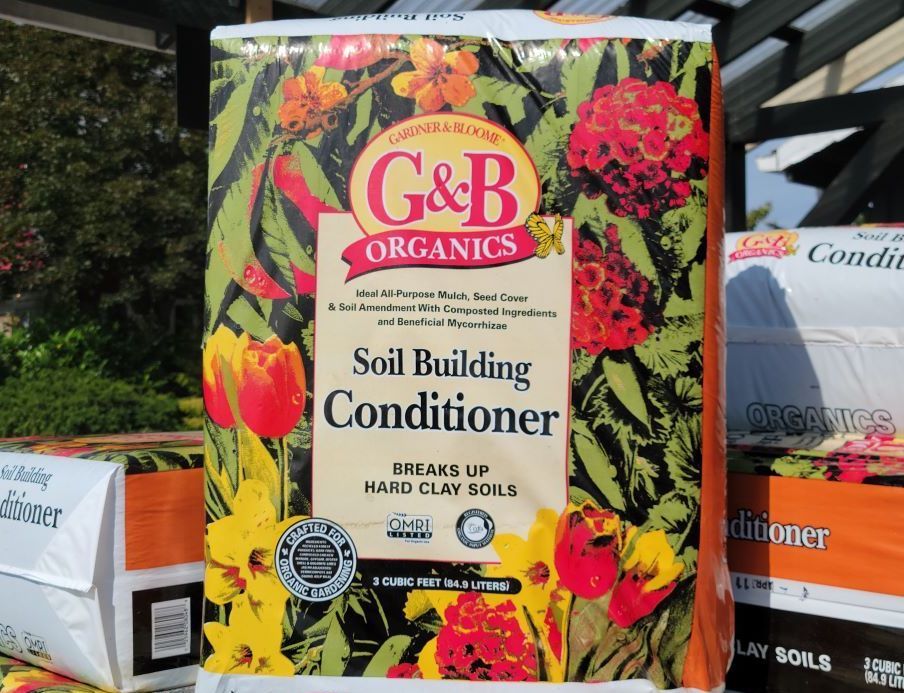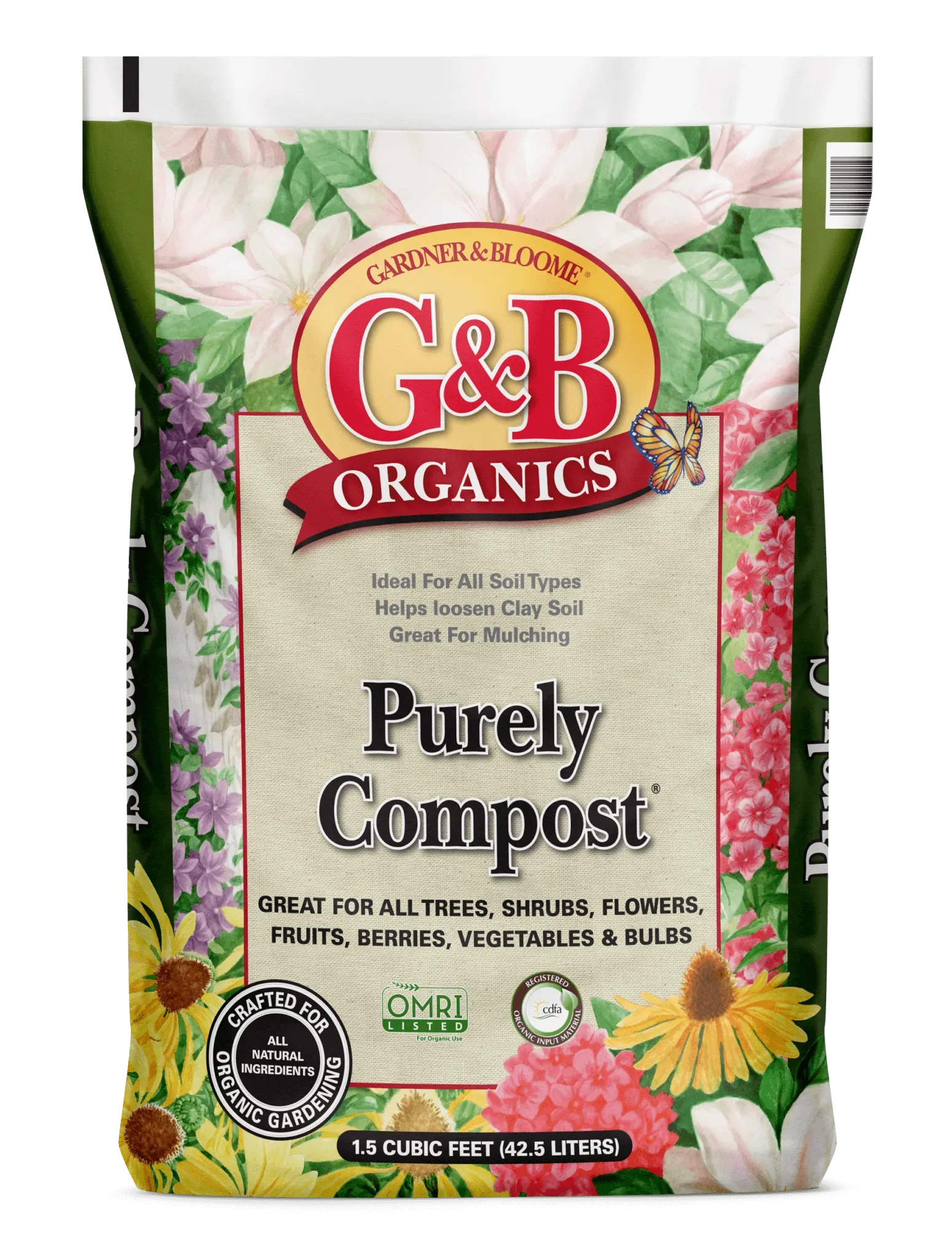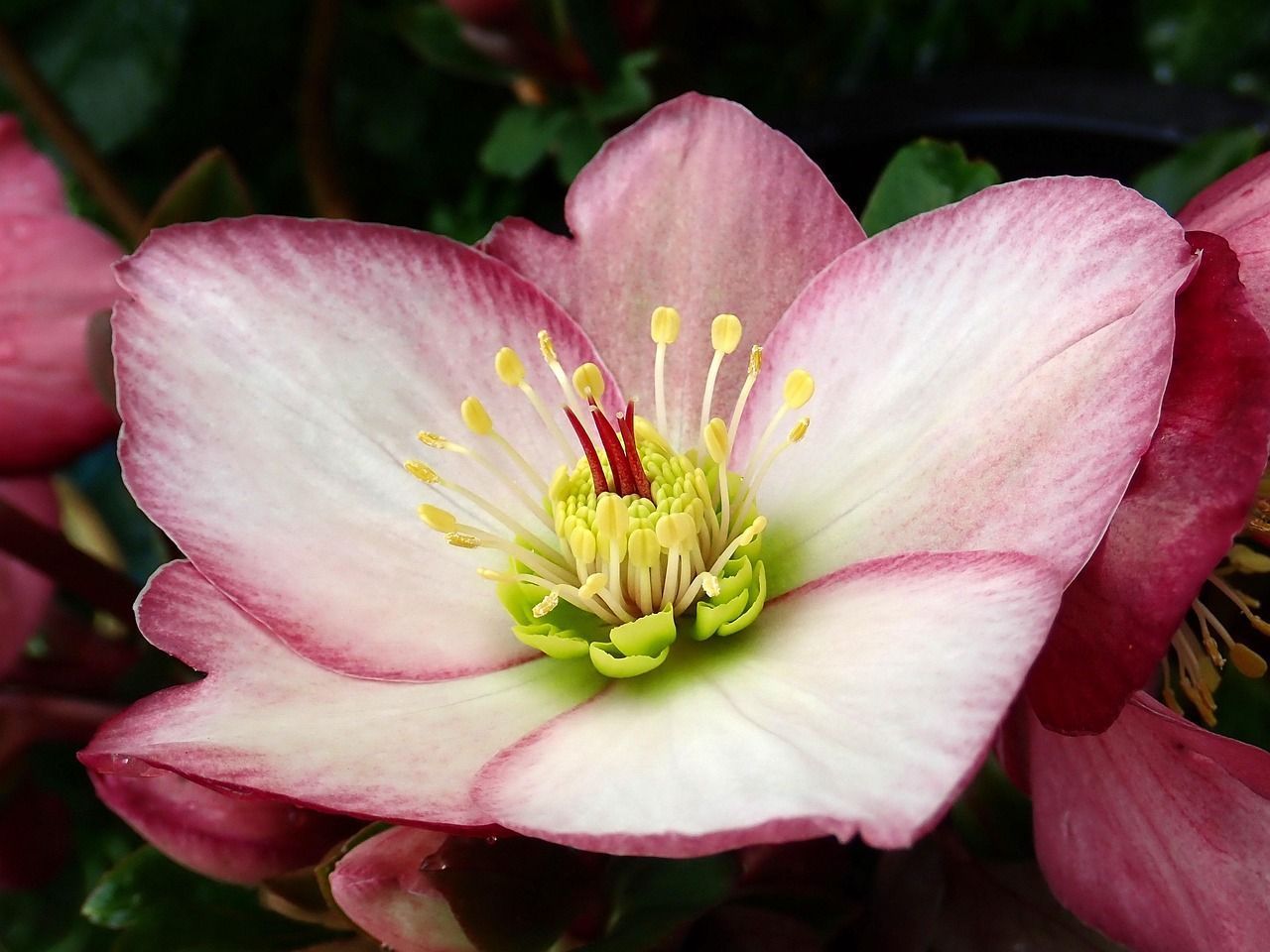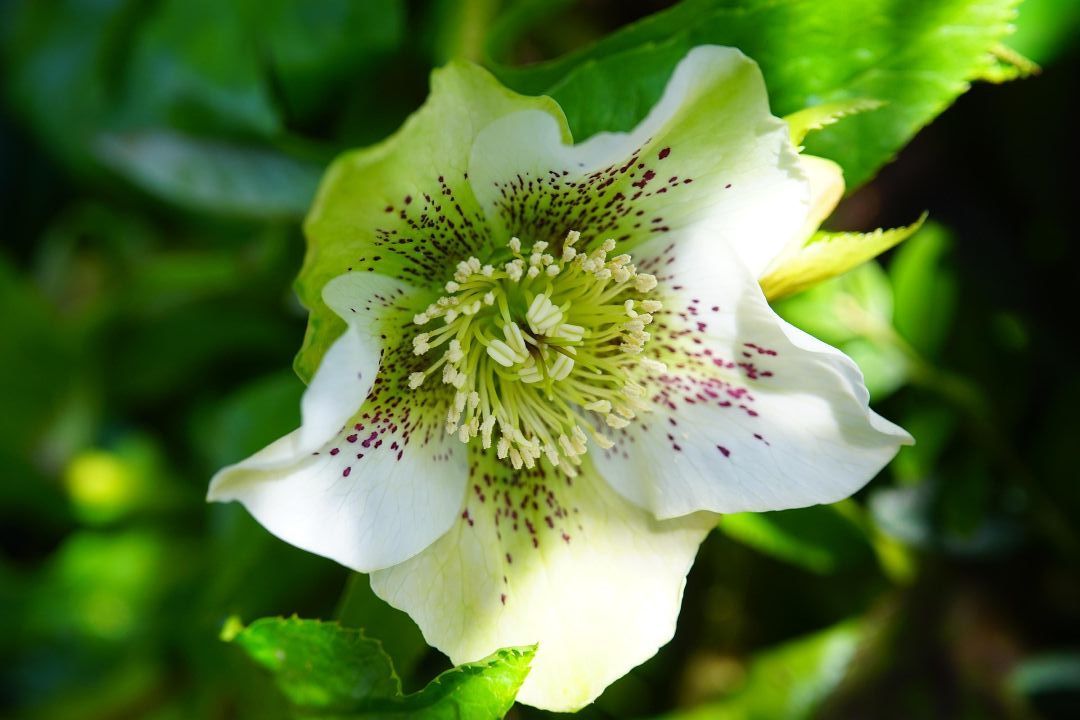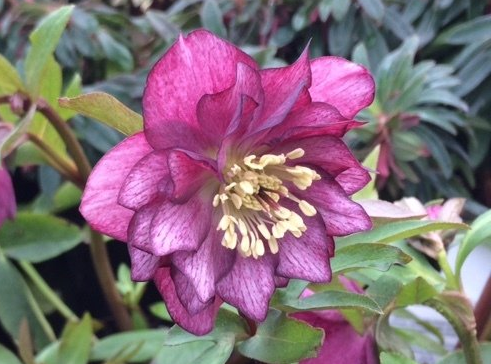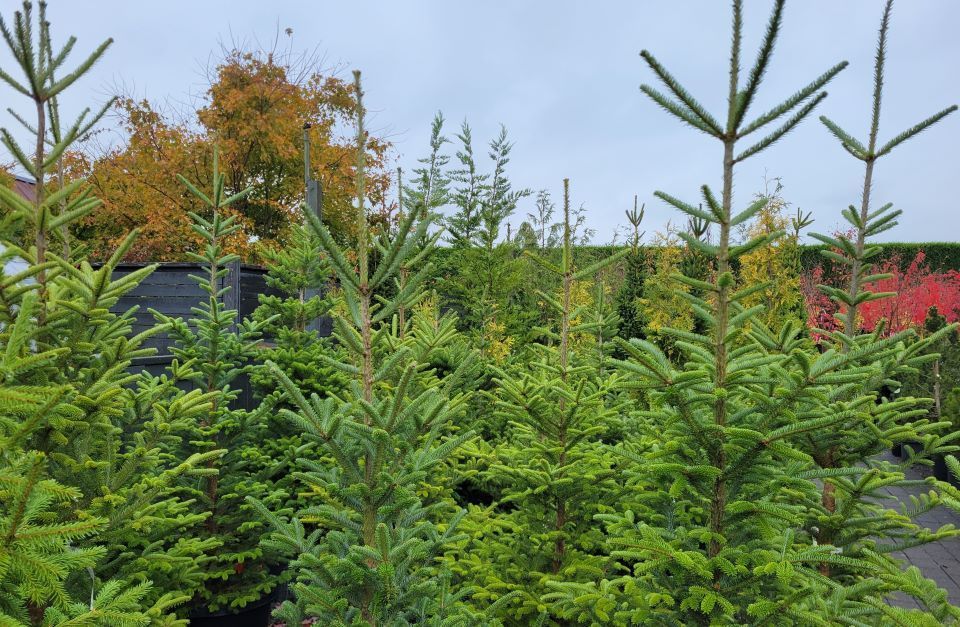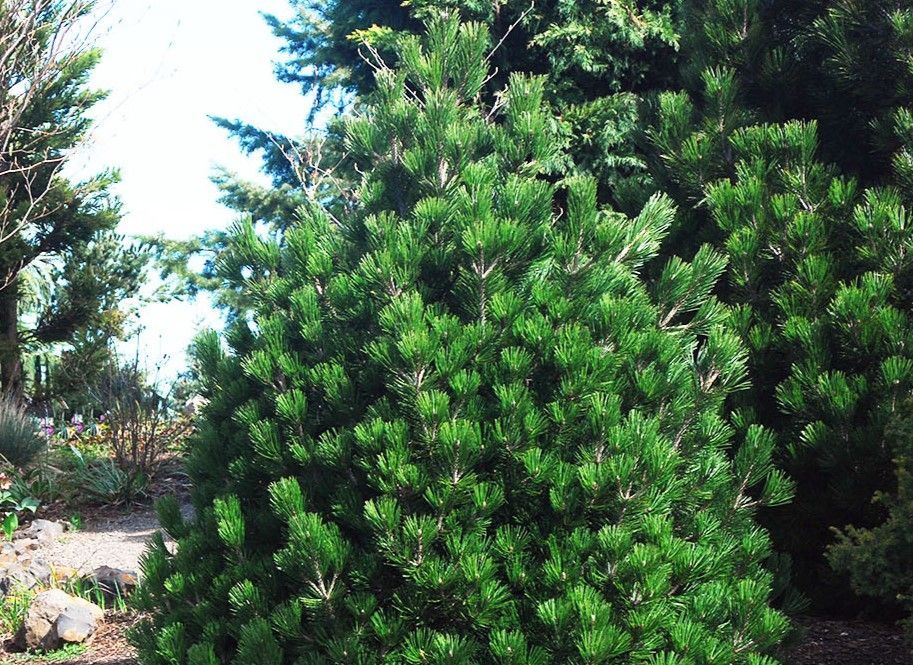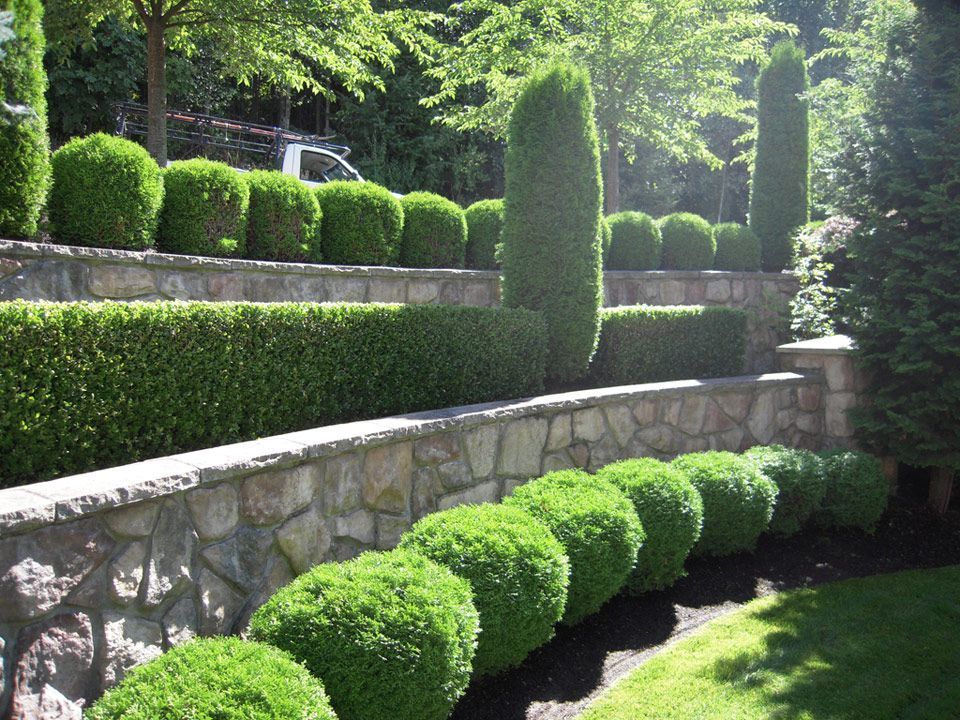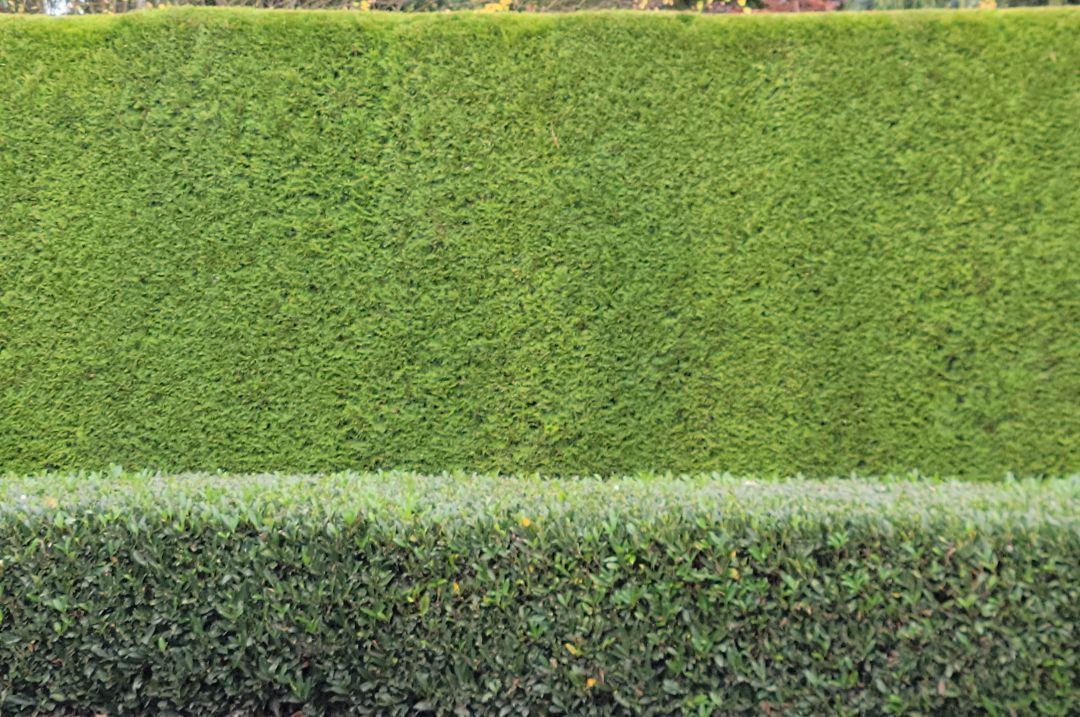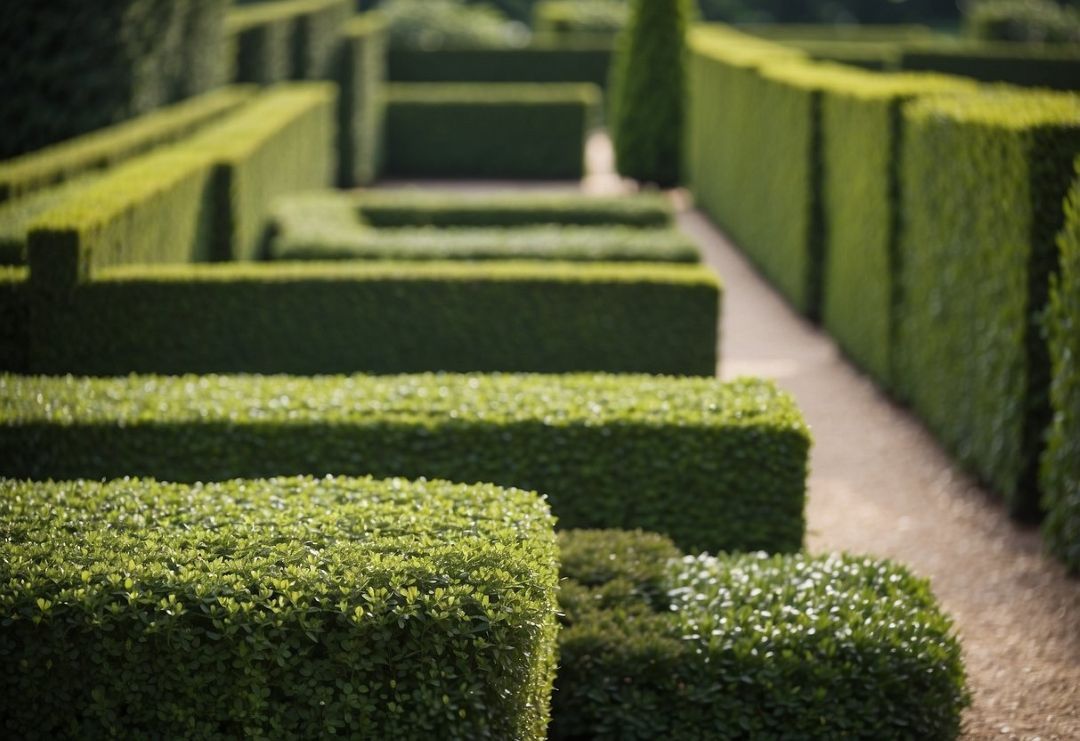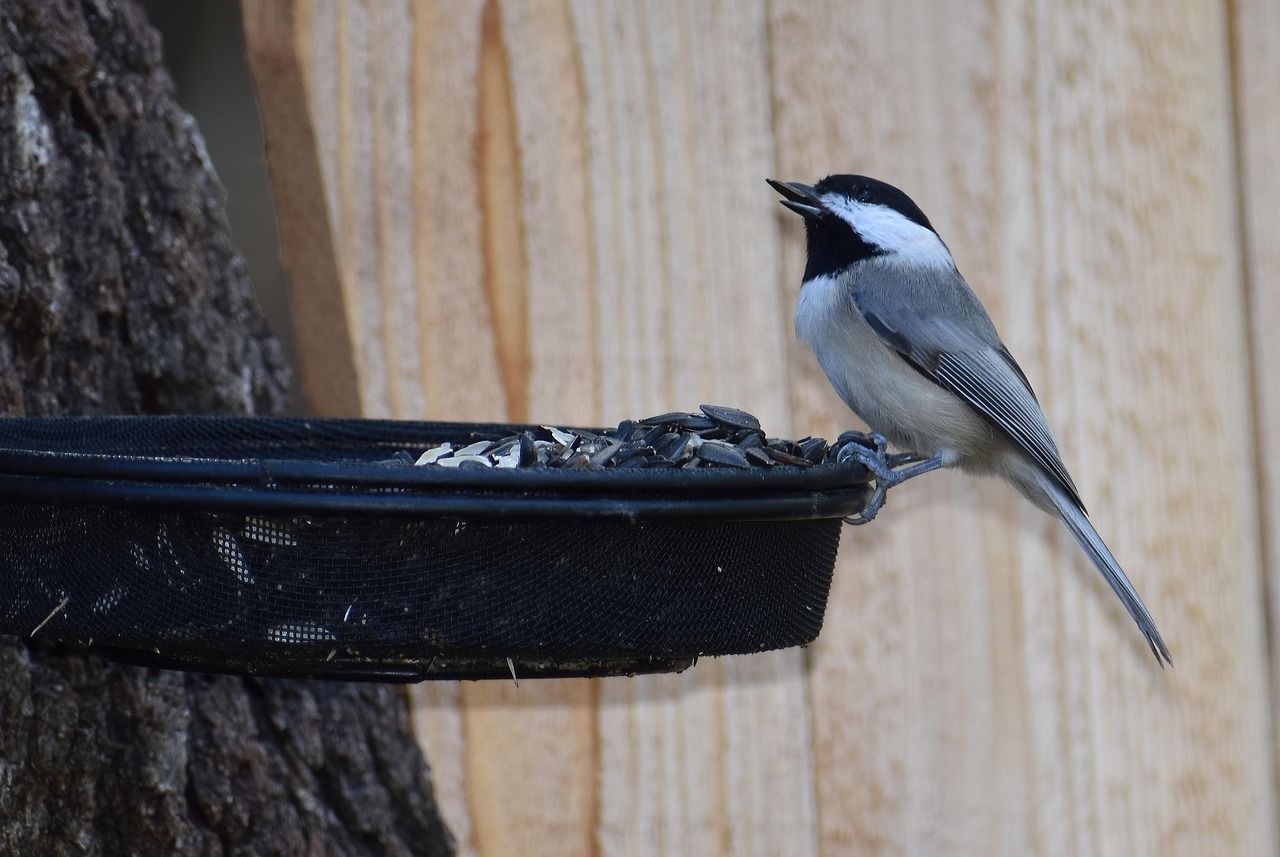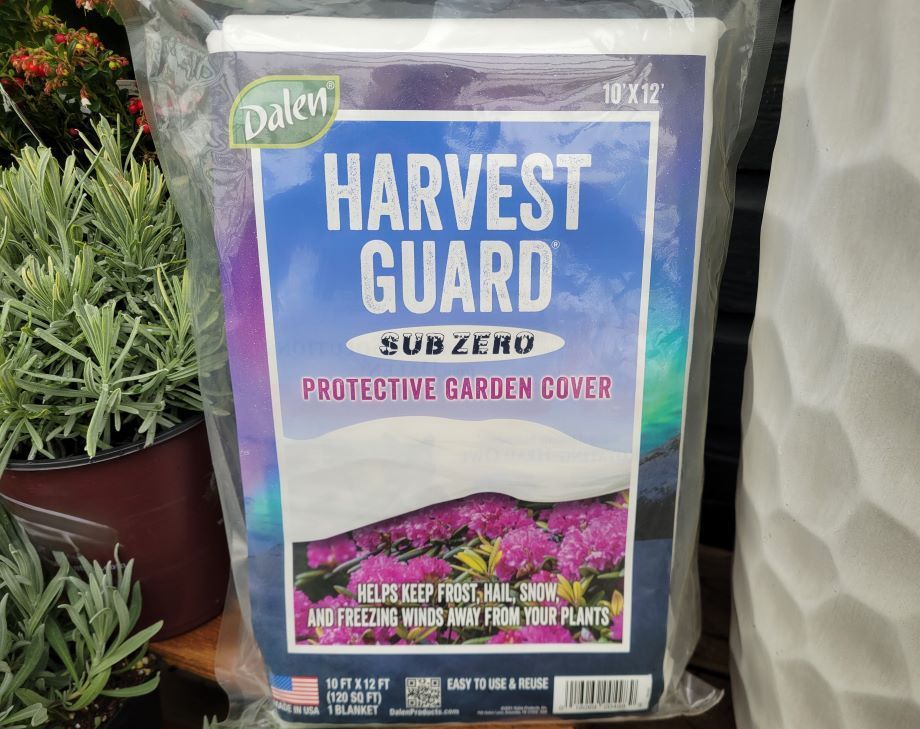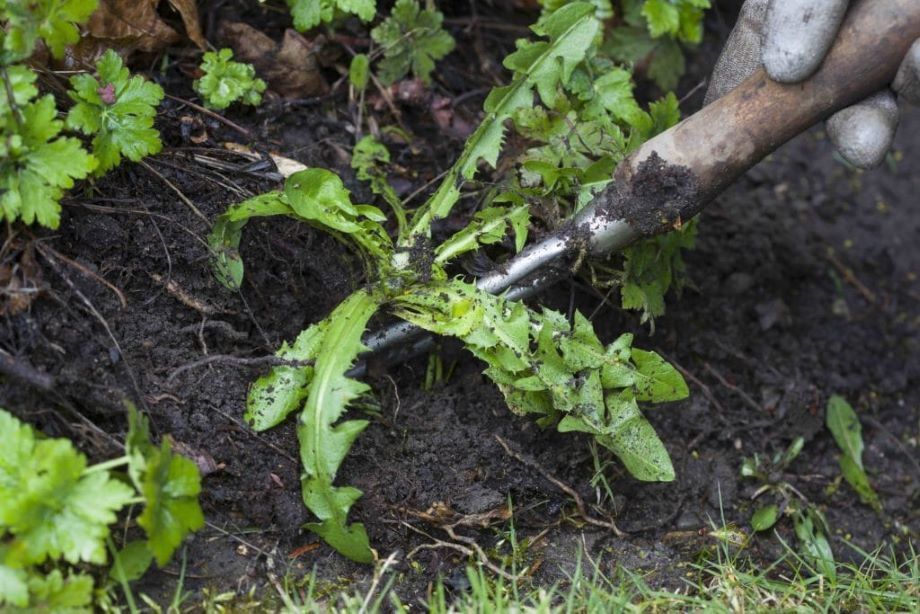Seasonal
A Brief History of the Christmas Tree
The history behind the Christmas tree can be traced back to the
ancient Romans and the festival of Saturnalia, in which homes and
temples were adorned with evergreen boughs to honor the god of
agriculture. Much later, during the 16th century, the Germans began
placing trees in their homes and decorating them with candles, inspired by the
sight of stars twinkling through the evergreen boughs in a forest. This tradition
was slow to spread through Europe until the German wife of King George III,
Queen Charlotte, introduced the concept to the British Royal Court in 1800.
This custom was later embraced and celebrated by Queen Victoria and her husband,
Prince Albert. In the 1830s, German immigrants brought this tradition to communities
in Pennsylvania. By the 1850s, commercial Christmas tree sales began, and the tradition
of the Christmas tree in the United States was born. Today, the Christmas tree is an
important part of Christmas celebrations all over the world. We currently have a fine
selection of living and cut Christmas trees here at the nursery, so come on down
and speak with our staff about finding that perfect tree to celebrate the holiday season.
Healthy Soils Healthy Gardens
Healthy soil yields a healthy garden; it is grown from the ground up.
Understanding the garden soil that you grow in is essential to creating the
best conditions for your plant life. Soil is evaluated by its texture, structure, and
fertility. Knowing what is in the native soil is important so you can determine
what type of soil amendments to employ, you can make enhancements or
change the plants we grow in our garden spaces. Typically, in Western Washington,
we generally have three to four soil types: heavy clay, silty loam, sandy loam,
or glacial till. The good news is that they can all benefit by adding organic
matter. For heavier clay and silty soils, adding Garden & Bloome Soil Conditioner
will help break up the denseness and lighten the soil, and aid drainage. For
rocky soils like glacial till, adding a professional topsoil and removing bigger rocks in
addition to adding Garden & Bloome Purely Compost, will give the glacial till more
body and help it to retain moisture during times of drought, thus aiding the plant
life by having more moisture and nutrients available to their root systems. Compost
and a topsoil mixture is also an excellent way to build up and add body to sandy
soils as well. Our line of Garden & Bloome soil amendments contains all organic
ingredients and beneficial microbes that will make your garden and landscape thrive.
Come on down to the farm and speak to our friendly associates about the benefits
of using these truly unique soil amendments.
Heavenly Hellebore
Often called the Lenten Rose or Christmas Rose, Hellebores by any name
are a jewel in the winter landscape. These evergreen perennials are available
in many forms, cultivars, and colors. The leathery foliage found on these
stalwart beauties vary from a deep, rich green to marbled and variegated
patterns. While the flowers have a delicate appearance, they are in fact a
remarkably hardy perennial that blooms through winter's chill and in a blanket
of snow. With varieties that bloom in the fall, while others bloom in winter
through early spring. Their form and flower have an understated elegance that
makes them an excellent choice for shady woodland gardens, a Northwest
theme, or a container arrangement. This lovely low-maintenance perennial
features blossoms that are borne in nodding or outward-facing clusters. From
fair, freckled-faced flowers to deep, rich, almost black blooms. With a range of
flower and foliage styles, there is sure to be one that will catch your eye and
capture your heart. Currently, we have our annual collection of these garden
favorites in stock now. Varieties include the Ice N' Roses series, Wedding Party
series, Honeymoon series, and more.
The Benefits of Live Christmas Trees
Live Christmas trees are a renewable resource. These trees were grown
on farms, such as corn and other crops. The tree that was harvested this
for you to enjoy in your home will be replaced next spring with another
seedling to continue the cycle. Fields of live trees provide habitat for wildlife
while absorbing carbon dioxide and producing oxygen. Celebrate the holidays
with a live Christmas tree, and when the season ends, you can plant the tree
your garden preserves your wonderful memory as well as providing a living
investment in the landscape of your home. Choose from Noble fir, Serbian
Spruce, Baby Blue Colorado Spruce, Bosnian pine, and more.
Defining With Hedges
Hedging is used to mark a boundary formally and is most commonly
used to create privacy. Whether trimmed into tidy geometric shapes
or left to grow in their natural form, hedges are useful in all types of
gardens. While they have been used traditionally in formal gardens, they
also have a place in modern design, edible gardens, and informal suburban
landscapes. There are hedge plant options that are evergreen or deciduous
and selections for shade to full sun exposure. In the Pacific Northwest, we
are fortunate to have many options, ranging from Boxwood, Yews, Laurels
Arborvitae and so much more. Come on down and speak with our friendly
staff about incorporating a hedge or privacy screen into your landscape.
December Garden Tasks
Consider using frost cloth or burlap to protect
your tender plants from winter's chill.
Remove snow loads from trees and shrubs
to prevent damage.
Plant trees and shrubs during the cool, wet months
of winter. The conditions are ideal for getting new
trees and shrubs off to a good start.
Stay on top of weeding to reduce their impact
in your garden when spring arrives.
Plant for winter interest. We have a beautiful selection of plants
from conifers to winter flowering shrubs and perennials
to brighten the winter months and enhance your
container arrangements.
Clean and refill bird feeders. Our feathered friends appreciate
our support now more than ever. A clean and refreshed
bird feeder promotes good health for our local visitors.
Make your spring garden plans. This is a good time of
year to plan revisions, add creations, and dream of
spring.
Water your planters and dry beds that are under the
eaves or on covered porches.




